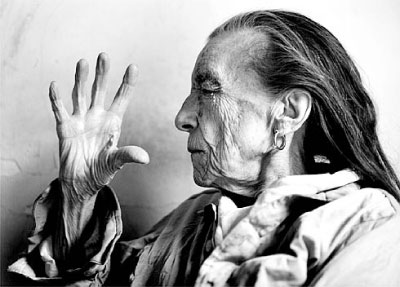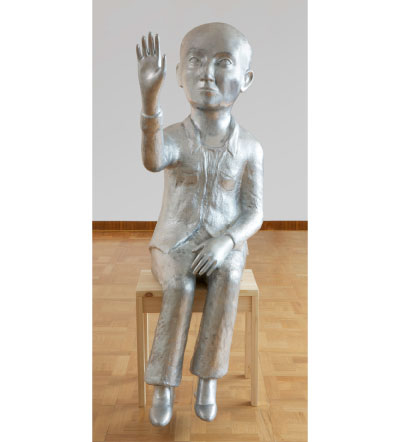

Photography by Annie Liebovitz



Photography by Annie Liebovitz




Kiki Smith Annunciation, 2008. Photograph by Joerg Lohse/ All images courtesy PaceWildenstein, New York All Artwork © Kiki Smith
Many Americans are well familiar with Kiki Smith, who came up on the latter end of feminism’s second wave as a member of the activist art collaborative Colab. She achieved prominence a decade later with her major New York exhibition in 1988. Now, at 56, she seems to be at the height of her career.
For her most recent site-specific installation at the Brooklyn Museum, Smith takes as her inspiration a remarkable 18th-century needlework from the Federal period by a woman named Prudence Punderson, entitled The First, Second and Last Scene of Mortality. Read from right to left, the parlor room scene depicts three stages of a woman’s life: birth (symbolized by a cradle), adulthood, and death (a coffin). What is rare for a work of that period is that female adulthood is symbolized not by a domestic act, but a creative one — the central figure appears to be drawing. Also unusual is the prominent inclusion of the nursemaid, an enslaved woman of African descent, which raises issues of historical oppression that fall not just along gendered, but also racial lines, and the pressing need for individual as well as creative freedom.
